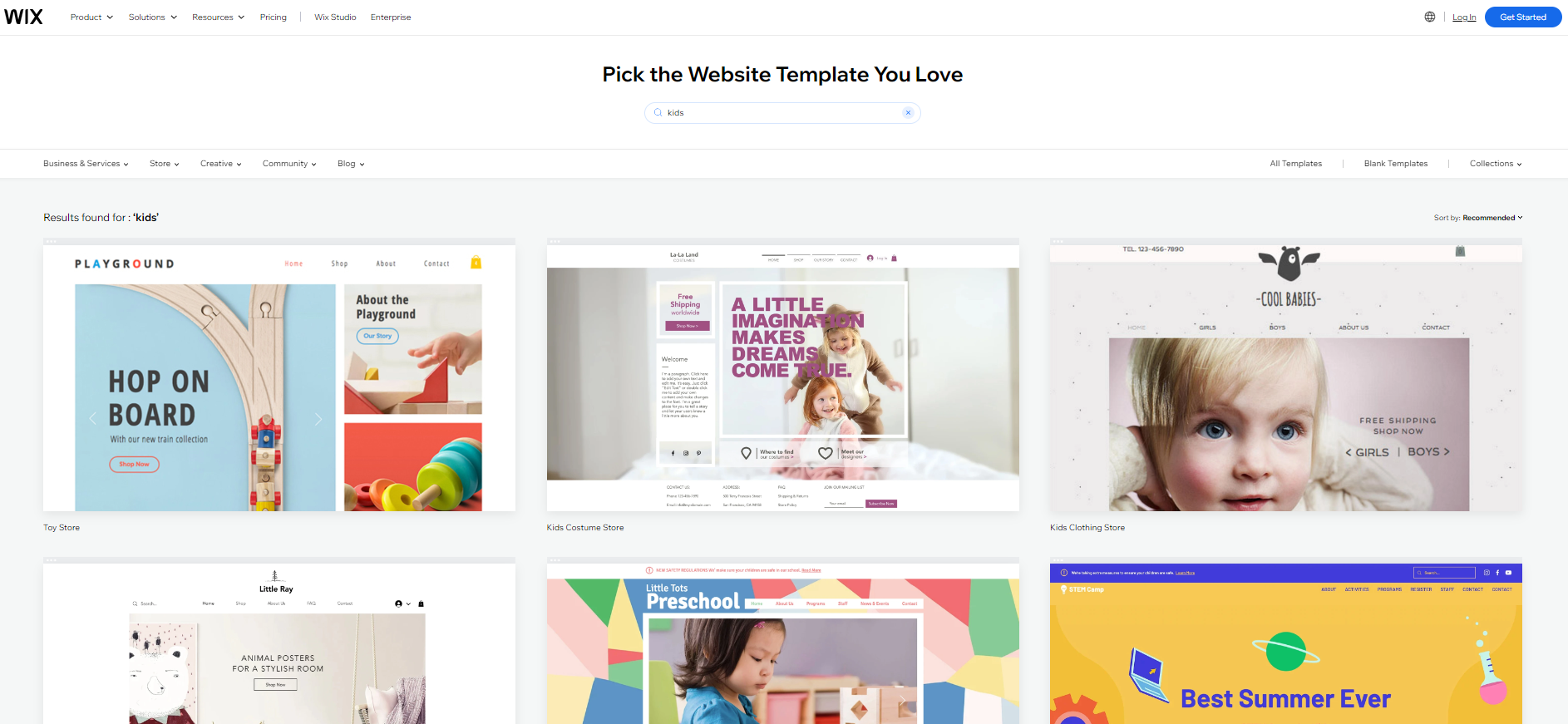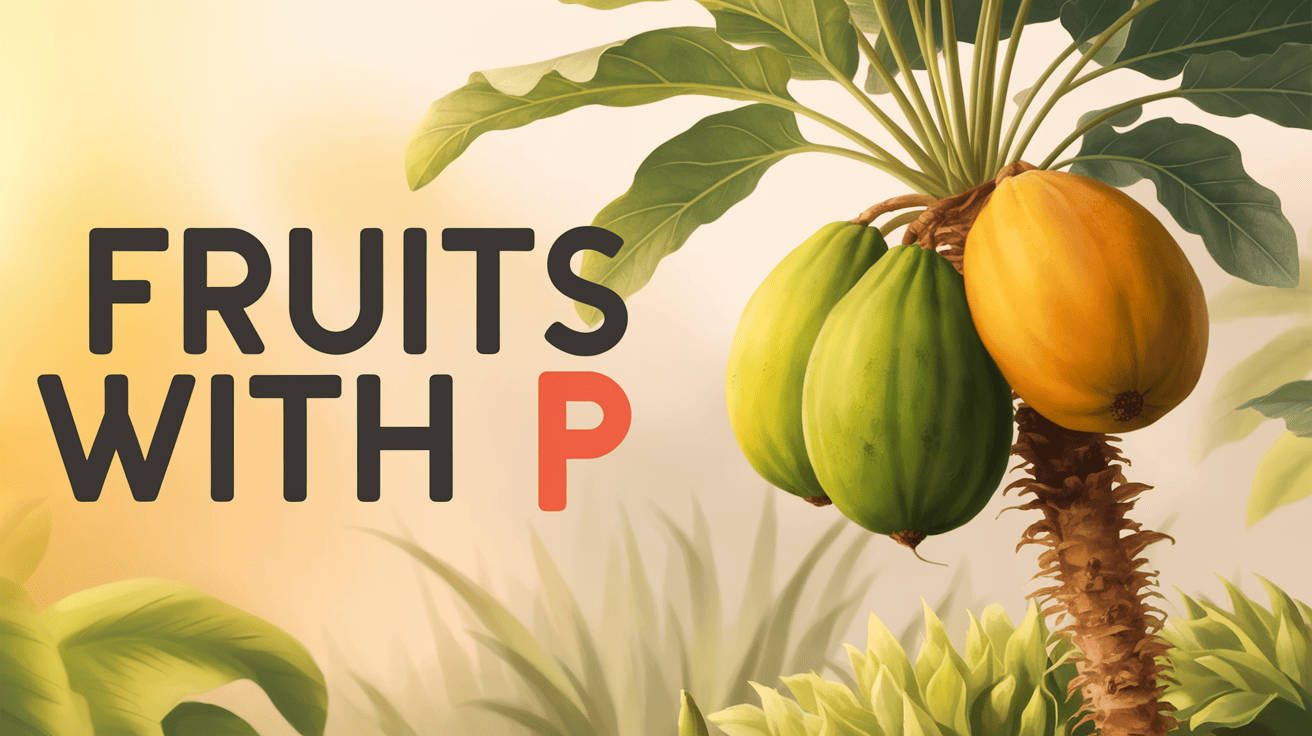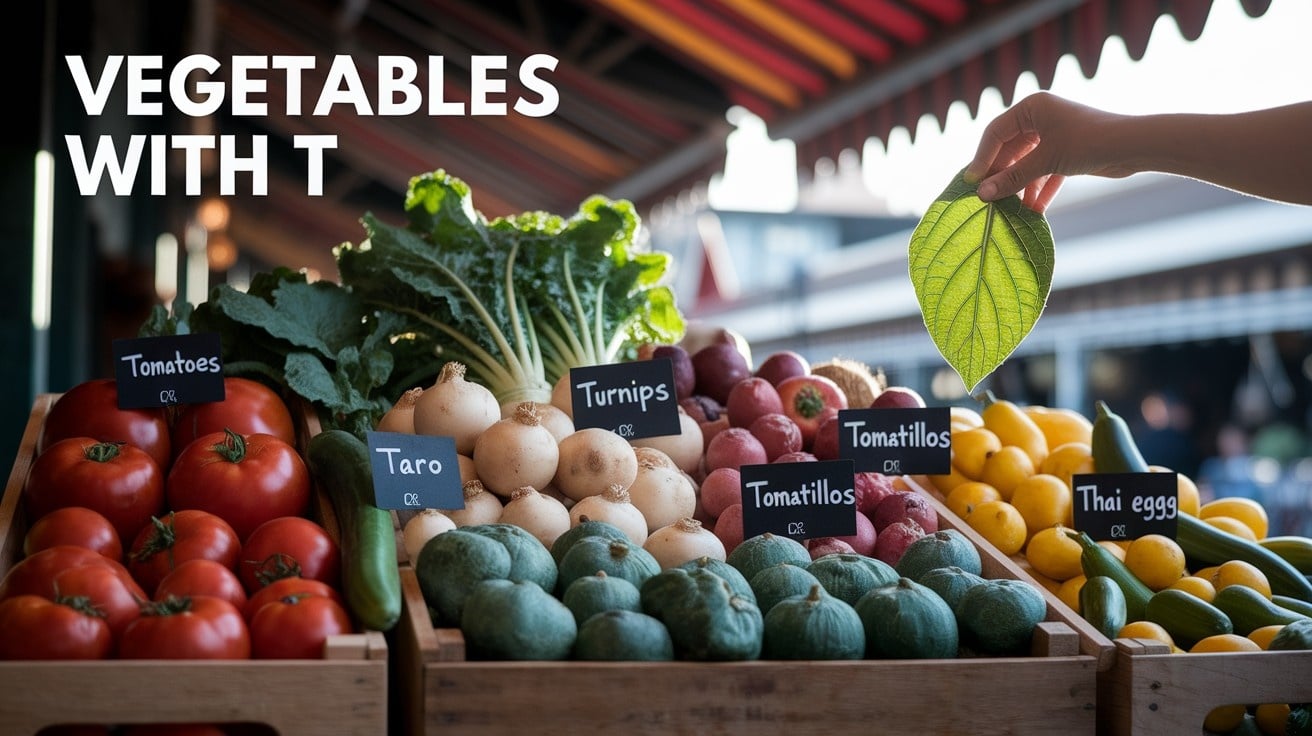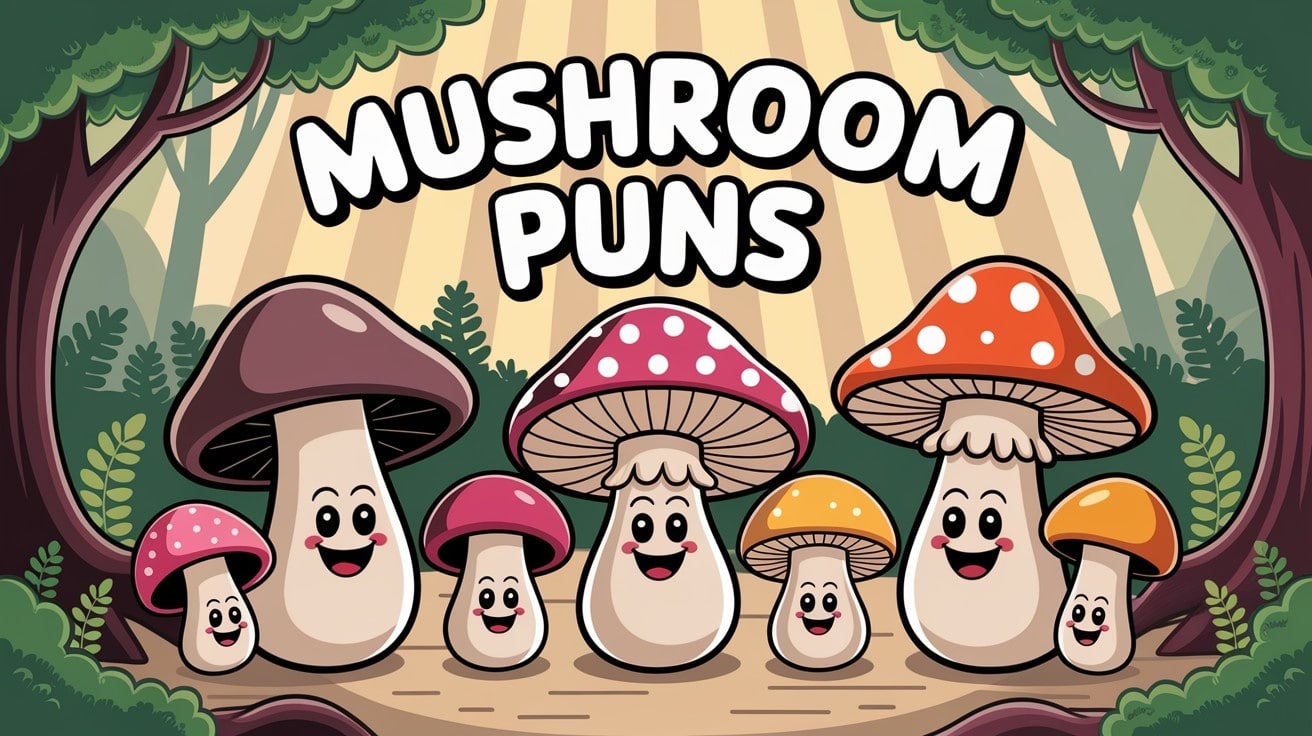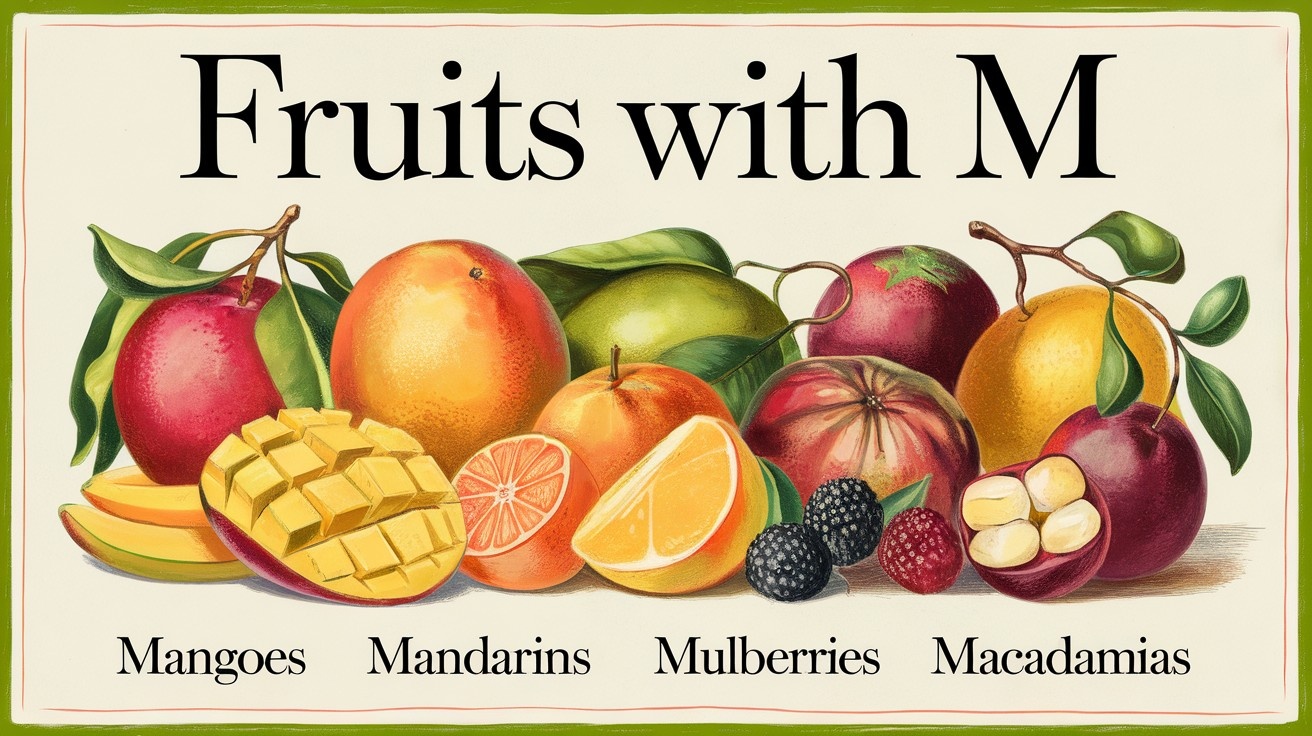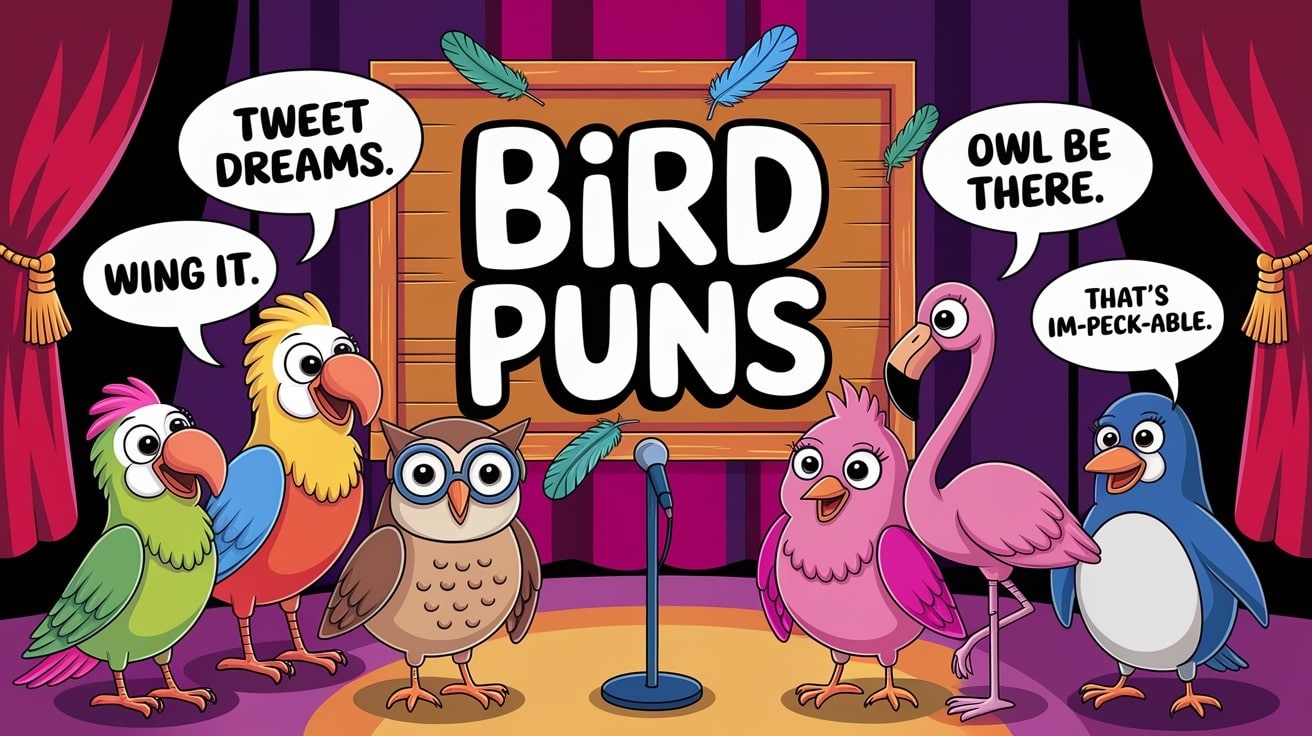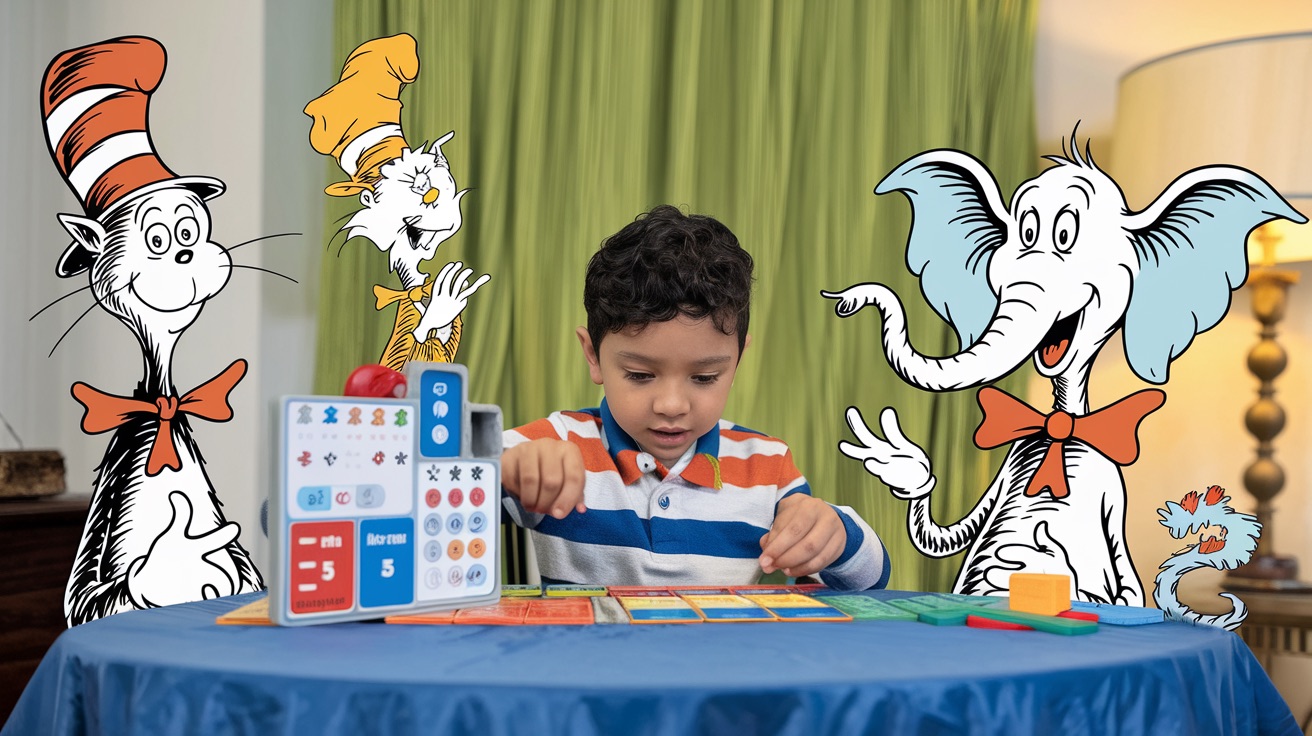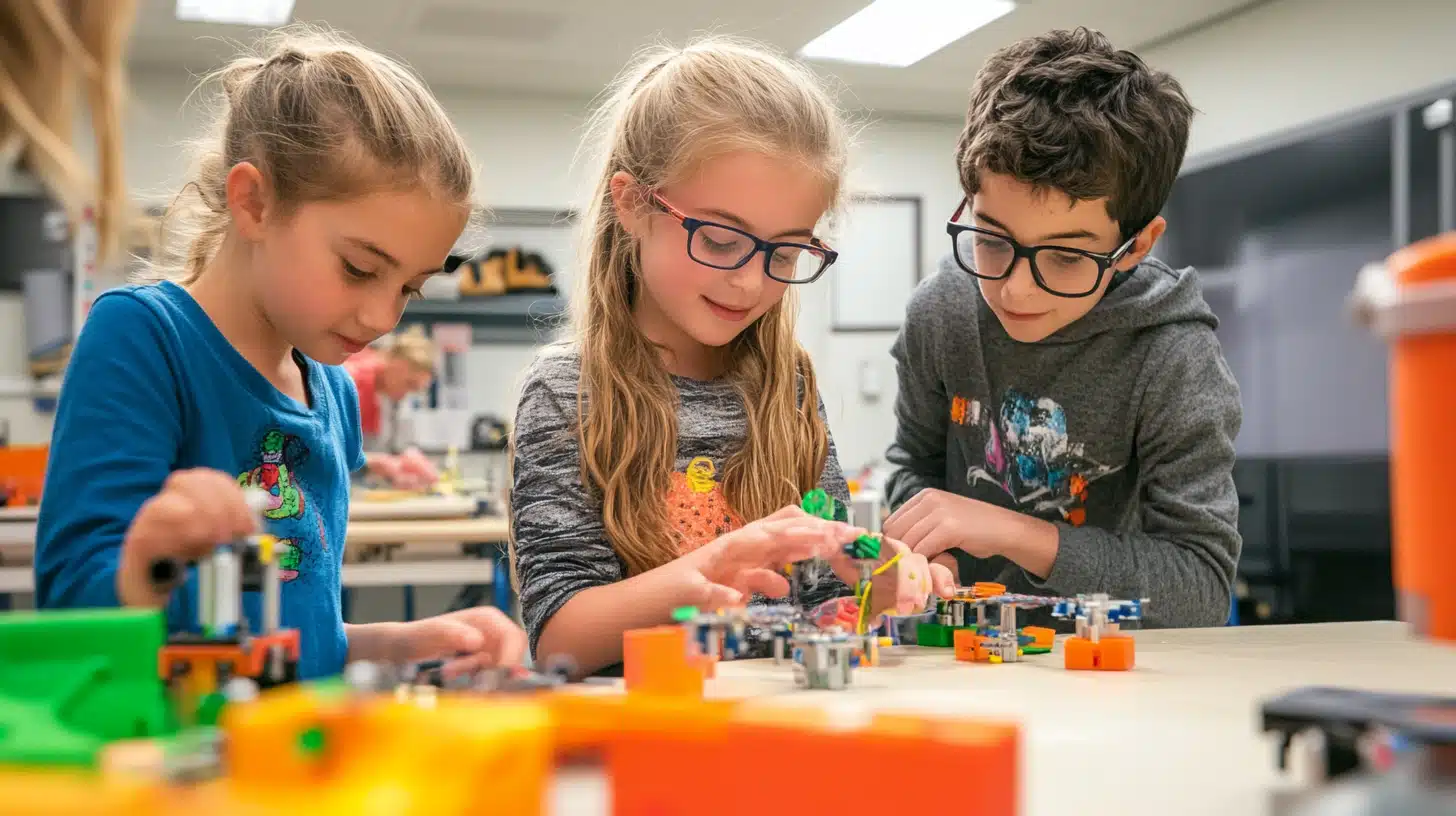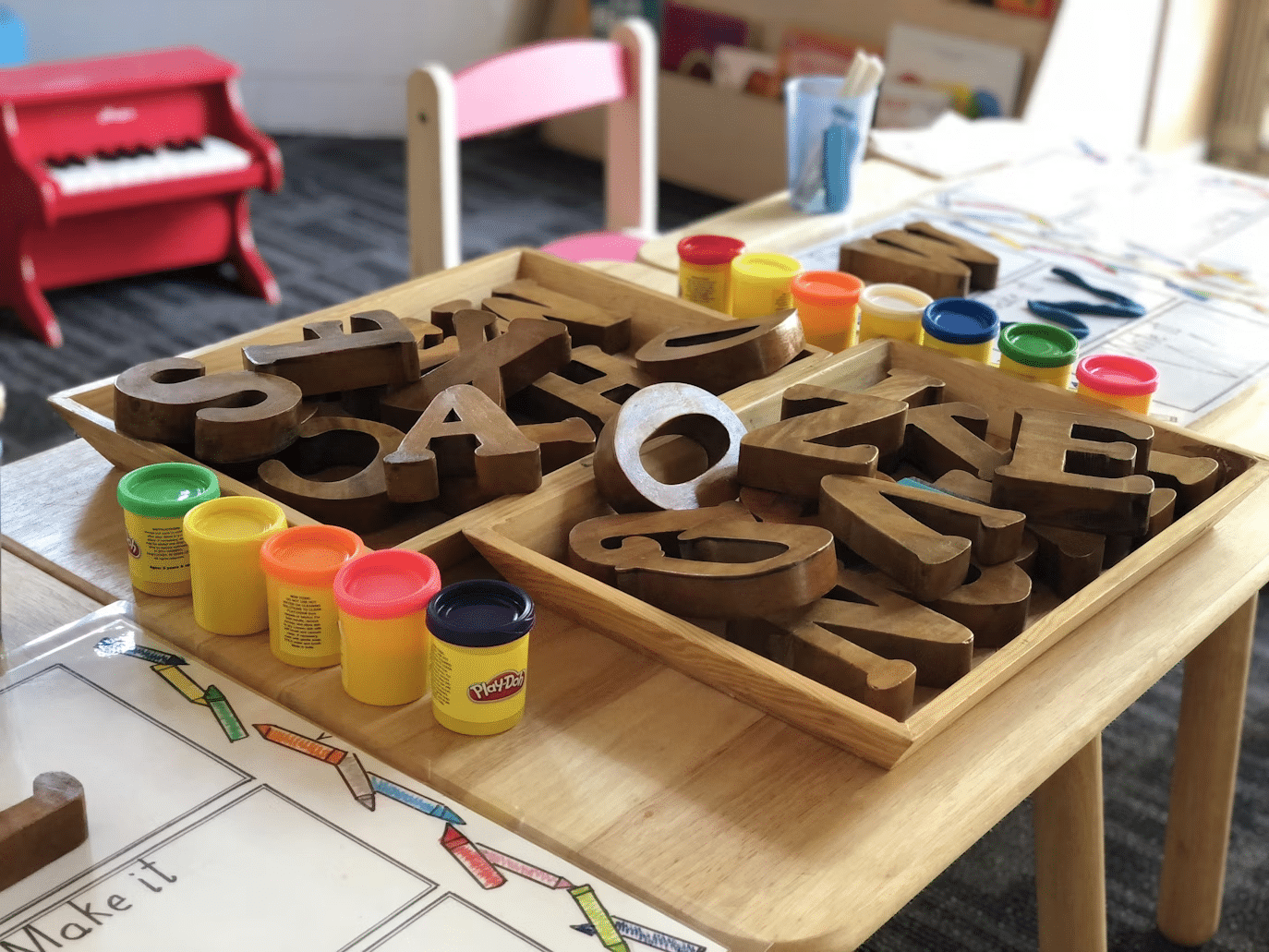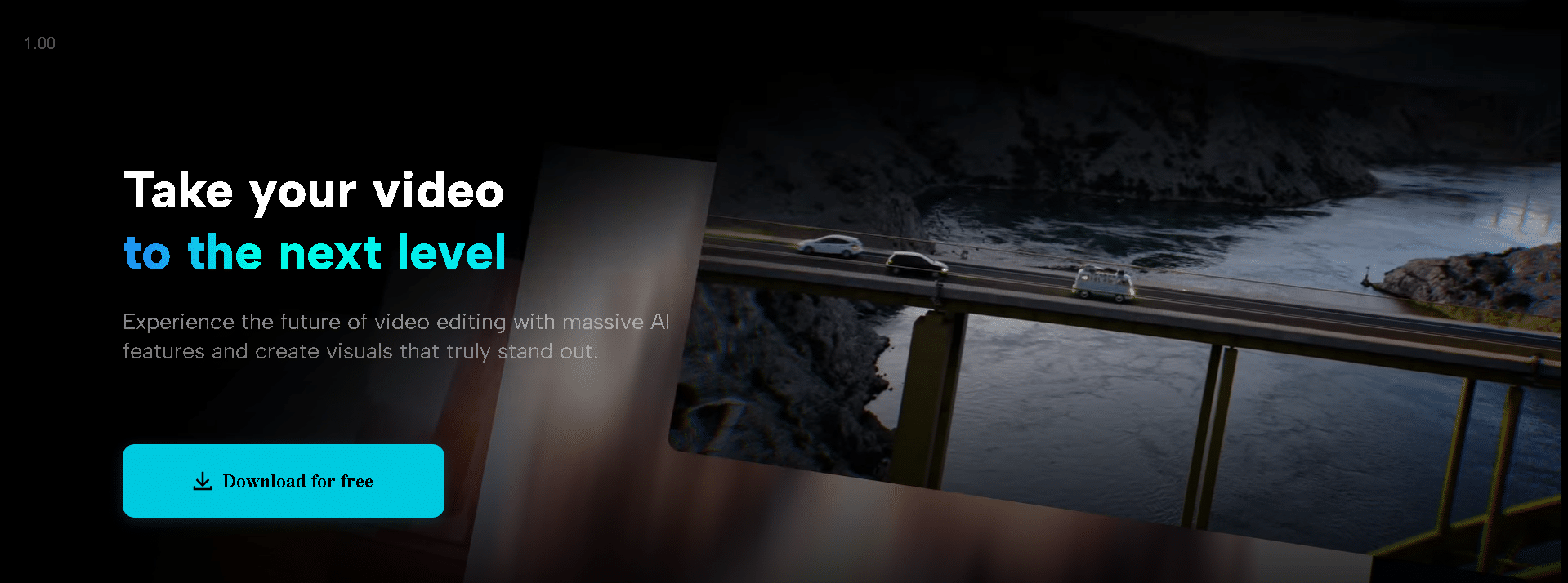
Preparing children for future technological landscapes is one of the latest skills parents adopted in the 21 century. One engaging way to do this is by introducing them to coding and online environments at an early age.
This activity not only improves cognitive skills but also opens doors to future opportunities. One of the common activities you can both parents and kids enjoy and learn from is building a website together.
You can provide a fun, educational experience that strengthens family bonds while setting a solid foundation for your child’s technical skills.
The Journey from Play to Code

Traditional play has taken on a new dimension with the advent of digital technology. Children today are as comfortable with tablets and computers as they are with toys and playgrounds. This shift represents an opportunity to blend play with learning.
The transition from traditional play to coding is natural for children who already engage with technology daily and have great motor and analytical skills. It nurtures creativity, problem-solving, and critical thinking, all essential skills in any field.
Introducing coding through fun activities ensures kids see it as an extension of their playtime rather than a chore. In this way, learning becomes seamless and enjoyable, paving the way for a lifetime of curiosity and innovation.
By merging coding into play, parents can turn screen time into developmental time. This method also allows parents to actively participate in their child’s digital experiences, ensuring safe and constructive use of technology. The key is to make coding an adventure, where discovery and learning go hand in hand.
Understanding the Basics of Coding
For parents unfamiliar with coding, it might seem daunting at first. However, coding is simply the language used to communicate with computers. It involves giving instructions to create software, apps, or websites.
There are many code languages, and some are extremely easy and clear such as HTML or JavaScript. If you find them also a bit challenging you can start your experience with an online website creator that doesn’t need any coding and functions easily with drag-and-drop CMS. Nowadays the most known platforms to start easily are Wix and WordPress, with endless templates and easy tools to create stunning websites.
If you still wonder why coding is important, we can simplify it and say – it’s because it underpins the technology that surrounds us. From smart home devices to educational apps, coding is the magic behind the scenes.
Coding is not just for tech geeks or math whizzes. With numerous resources available such as books on web development and coding schools, learning to code is more accessible than ever. Many platforms cater to beginners, allowing parents and children to start their coding journeys without prior knowledge. The earlier children start, the more adept they will become at navigating the tools and languages of the digital age.
The Family Bonding Experience
Creating a website together offers a unique opportunity for family bonding. It’s a project that combines fun, learning, and creativity, allowing both parents and children to collaborate and share their ideas. This joint venture fosters communication, teamwork, and patience, essential qualities for any successful family project.
By working together, families can turn a potentially complex task into an exciting adventure. Parents can guide their children through the process, providing support and encouragement. It’s a chance to learn alongside each other, explore new ideas, and overcome challenges together. The shared experience of creating something from scratch can strengthen family ties and build lasting memories.
The process of building a website promotes open communication and encourages parents and children to share their thoughts and opinions. It allows parents to gain insight into their child’s interests and talents while nurturing their child’s curiosity and love for learning. The result is a stronger family unit, equipped with new skills and a sense of accomplishment.
Another significant advantage is that if your family owns a local business, it’s an excellent opportunity to create a website that highlights your services and products. This can also involve your kids in the family business, allowing them to contribute even during their spare time at home.
Tools for the Task
Starting a website project might seem overwhelming, but there are user-friendly platforms designed to make the process accessible for everyone. Websites like Wix, Weebly, and WordPress offer intuitive interfaces that allow beginners to build and customize their sites effortlessly. These platforms provide templates and drag-and-drop features, making it easy to design a site without needing to write code from scratch.
For children, platforms like Scratch and Tynker offer a playful introduction to coding. These tools allow kids to create interactive stories and games, building foundational coding skills in a fun environment. They encourage creativity and experimentation, providing a safe space for kids to explore and learn.
By using these platforms, parents can guide their children in understanding how websites work, from design to functionality. The hands-on experience gives children a sense of control and ownership over their creations. With the right tools, building a website becomes an accessible and enjoyable experience for families.
Step-by-Step Guide
Creating a simple website together is an achievable goal with a clear, step-by-step approach. First, choose a theme that reflects the interests of both parent and child. Many platforms offer a variety of themes to choose from, making it easy to find one that suits your vision. Once selected, personalize the theme with colors, fonts, and images to make it unique.

Next, add content to your website. This could be a family blog, a collection of favorite recipes, or a showcase of your child’s artwork. Encourage your child to contribute their ideas and input. This not only makes the project more engaging but also gives them a sense of responsibility for the final product.
Finally, make your website interactive by adding simple features like a contact form or a comment section. This encourages visitors to engage with your site and provides an opportunity for your child to learn about interaction design. By following these steps, families can create a functional and attractive website that reflects their interests and talents.
To launch your website, you should also choose a domain name that reflects your website’s identity and purpose. This unique address is how users will find your website online.
Learning Process
Once the website is complete, it’s important to keep the learning momentum going. Encourage your child to explore further coding concepts through online classes and tutorials. Websites like Khan Academy, Code.org, and Coursera offer free courses tailored for young learners.
These resources provide structured learning paths that build on the skills developed during the website project.
In addition to online classes, coding games, and project ideas can be a fun way to reinforce learning. Games like Minecraft offer coding extensions that allow players to modify game elements, providing a playful way to practice coding skills. Project ideas like creating a digital comic strip or developing a simple app can also spark creativity and offer additional learning opportunities.
By supporting continued learning, parents can nurture their children’s interest in technology and encourage them to explore new possibilities. Providing access to resources and encouraging experimentation helps children develop confidence in their abilities and fosters a lifelong love for learning.
Sharing the Experience
Sharing your family’s website creation experience can be a rewarding way to celebrate your achievements and inspire others. Consider starting a family blog where you document your project’s progress and share tips with other families interested in similar endeavors. Social media platforms offer another avenue to showcase your work and connect with like-minded individuals.
Hosting a presentation for friends and family is a great way to share your accomplishments. Your child can showcase their website, explain the process, and discuss what they learned along the way. This not only boosts their confidence but also reinforces their understanding of the project.
By sharing your experience, you can inspire other families to embark on their coding journeys. Your story can serve as a testament to the benefits of collaborative learning and the joy of creating something together.
Time to start!
Introducing children to coding and web development through a website project offers numerous benefits, from cognitive development to family bonding. This shared experience fosters curiosity, creativity, and critical thinking skills, providing a solid foundation for future learning. By engaging in this activity, parents can nurture their children’s interest in technology and equip them with valuable skills for the digital age.
If you’re ready to explore this exciting opportunity with your child, take the first step by choosing a platform and theme today. Your family is on the cusp of an adventure that combines learning, creativity, and bonding. Together, you can create something truly special while fostering a love for technology that will last a lifetime.

